A Pinch of Excellence: Your Guide to Different Types of Salt
Primal Edge Health participates in the Amazon Services LLC Associates Program and other affiliate programs and therefore, may collect a share of sales or other compensation from the links on this page. This comes at no additional cost to you, and all the prices and availability are accurate at the time of publishing.
Get ready to add new flavor to your meals with just a pinch of these different types of salt. Step away from the same boring choice in your cooking and dive into the sophisticated realm of gourmet salt from all over the world.
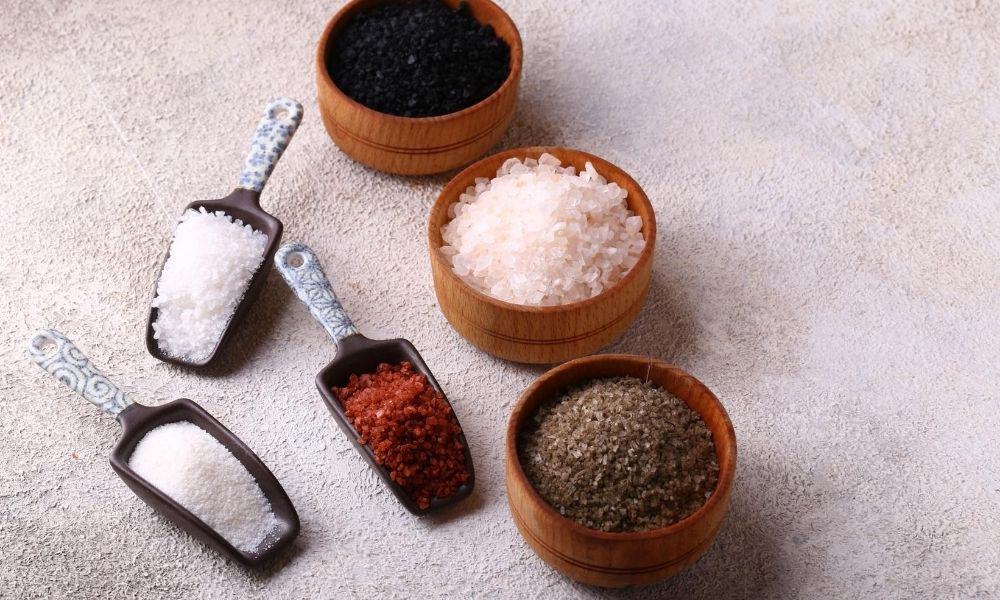
This post is sponsored by my favorite place to buy salt, Mountain Rose Herbs. All opinions are my own.
Table of Contents (click to view)
Gourmet Salt: More than just table salt
I love all the subtle nuances salt can bring to the culinary experience. From sweet to savory dishes for breakfast, lunch, dinner, and dessert, salt has an important role in flavor, appearance, and even texture.
My attention first turned to salt when I started a keto diet because electrolyte supplementation is essential in keto, and salt has a key role in that. Using salt correctly helped me have an easy keto adaptation and avoid keto flu.
You might think that all salt is interchangeable. After all, salt is salt, right?
Dig a little deeper, and you’ll soon learn noticeable differences in flavor, appearance, texture, and mineral content. Initially, I felt skeptical that salt could make that much difference, but I was wrong!
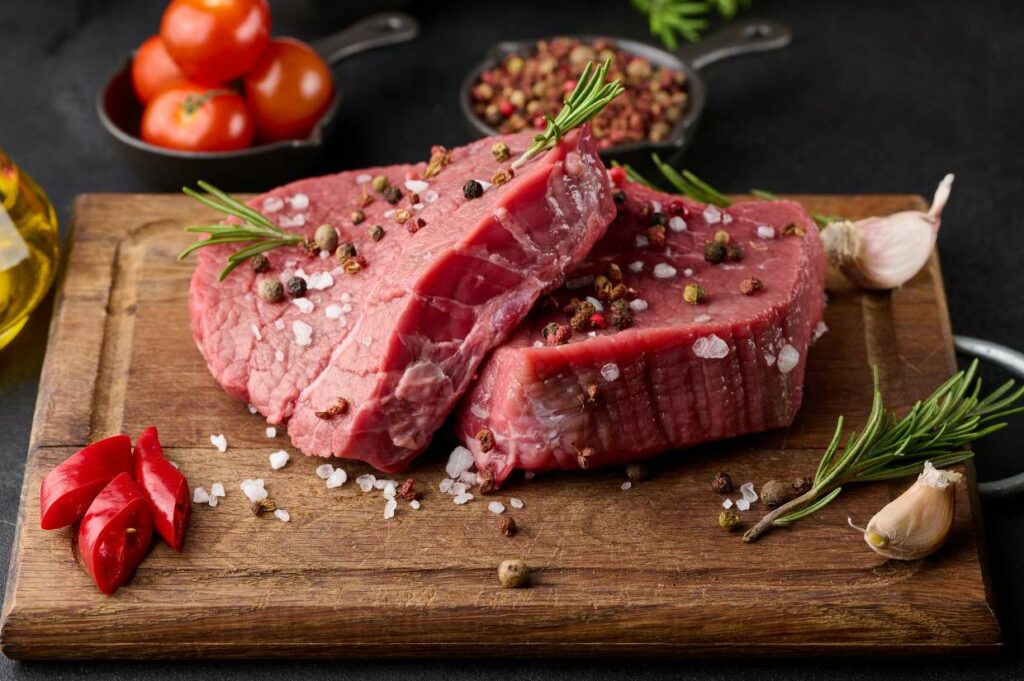
A guide to different types of salt for cooking
Salt is a fundamental ingredient in cooking that adds flavor, enhances taste and brings out the best in our dishes. However, not all salt is created equal.
There are various types of salt, each with unique qualities and specific purposes, not to mention history and cultural significance. Let’s explore the different types of salt commonly used in cooking and some new ones you probably haven’t heard of before.
Sea salt
Sea salt is typically derived through solar evaporation of seawater. Sea salt comes in fine or coarse grounds and can taste slightly more potent than table salt.
Like table salt, you can use sea salt to season your food. Finely ground salt is best for bulletproof tea and baking because it won’t leave an undesirable gritting texture.
However, medium to coarse crystals are ideal for decorating the rim of a margarita glass, preserving homemade pancetta and garnishing brownies.
Since this type of salt is low in moisture, it is the ideal ingredient for homemade herbal salt and seasoning blends. I also use it in homemade beauty products, like toothpaste and body scrub, because it’s an all-purpose ingredient.
Celery salt
Simply adding celery seeds to sea salt can bring a whole new level of flavor to your meals. Celery salt This convenient blend is ideal for salad dressing, coleslaw, and beer cheese soup.
Buying it in a shaker bottle makes it easy to season at the table or during cooking. However you like to add it, I won’t be surprised if the bottle goes fast because it’s good on almost everything.
Smoked sea salt
A special smoking process using various woods infuses smoky flavors into smoked sea salt. The taste is alluring but has no trace of tinge or burnt aftertaste like other brands I’ve used.
This smoky salt is often used as a finishing salt, sprinkled on dishes just before serving to add an extra layer of flavor. Grilled meats and savory dinner dishes benefit most from it, while it’s not recommended for desserts. You can press it into the tops of dinner rolls just before baking or add an extra layer of smoky flavor for homemade smoked salmon.
Cyprus flake salt
Cyprus flake salt is by far my favorite decorative salt. It has a wonderfully light flavor and delicate crunchy texture, making it ideal for finishing sweet and savory dishes. Add it to anything from salads and roasted vegetables to your favorite chocolate chip cookie.
The unique pyramid shape forms through a very technical evaporation process that may take up to two years per batch to complete. Next time you want to make your food look and taste extra special, give flake salt a try.
Red Alaea salt
Red Alaea salt is a unique type of salt that originates from Hawaii. It gets its name from the reddish color it possesses, which comes from the special volcanic clay known as Alaea.
Sought after for its ability to enhance the flavor and presentation of various dishes, this salt is a common choice for seasoning meats and finishing desserts. I particularly love it on frosted cupcakes because it creates a stunning contrast.
French Grey sea salt
French grey sea salt is harvested from the Atlantic Ocean and is known for its gray color and coarse texture. Some people say it has a more robust flavor than regular table salt and enjoy using it as their everyday salt. Add pizzazz to staples like beef stew or sprinkle it on top of popcorn.
Black lava salt
Black lava salt is a unique type of salt infused with activated charcoal. This salt brings pop to a recipe but has quite a muted flavor. I usually use a bit of sea salt for taste and then add black salt to increase the visual appeal. It’s delicious on avocados, fried eggs, and salmon burgers.
Gourmet types of salt like this one make great gifts. Laura Sampson from Little House Big Alaska comments, “One of our sons brought us black lava salt from a Hawaiian salt master, and it adds a nice flavor and pop of color to grilled steaks or vegetables.”
Himalayan pink salt
Yet another colorful salt, Himalayan pink salt, adds visual appeal and varied mineral content to a recipe. With a mild flavor, this is suitable for daily use on favorites like roasted parsnips, marinade and stir-fry. It has a long-standing role in local culture as a natural food preservation and trade product.
Large salt crystals are sold in refillable grinders, so keeping them on the table for easy access is easy. My kids love the task of seasoning with freshly ground salt and pepper. It’s an entertaining highlight for the whole family.
Pink salt may be one of the most well-known specialty salts, however, not all pink salt is created equal. Low-end salts are exported under toxic labor conditions and often have environmental contamination that may be doing more harm to your health than good.
To be honest, I wouldn’t recommend any pink salt other than the one from Mountain Rose Herbs. Their salt is exemplary and harvested from ancient sea salt deposits, extracted “by hand, according to long-standing tradition, and without using mechanical devices or dynamite techniques. After being hand-selected, the salt is then hand-crushed, hand-washed, and dried in the sun.”
In Conclusion
These are some of the most popular different types of salt you can use in your cooking. From table salt to pink salt, each one has its unique taste and uses. Having all these salts on your spice shelf is fun, so you can pick and choose which one you want under different circumstances.
Sometimes, you can substitute one type of salt for another without major consequences. Finding the best salt for cooking will depend on the specific application. Some are best for adding smoky flavor, while others lend a touch of sweetness, and still others are more eye-catching than anything else.
Set aside some time for experimenting with the selection covered here until you know what you like best. Next time you’re in the kitchen, grab the right salt and add a little pinch for a big impact.
This article was originally published on March 29, 2018.

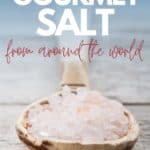
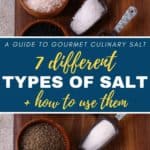
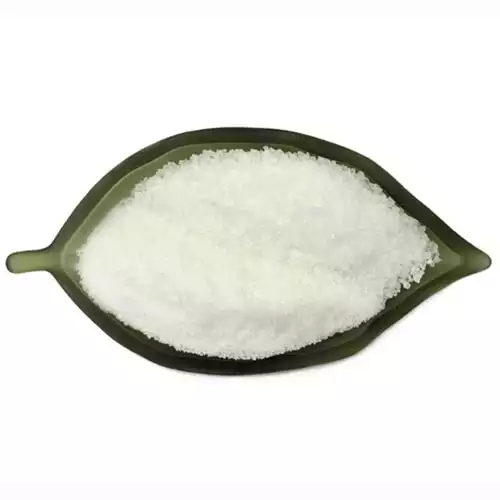
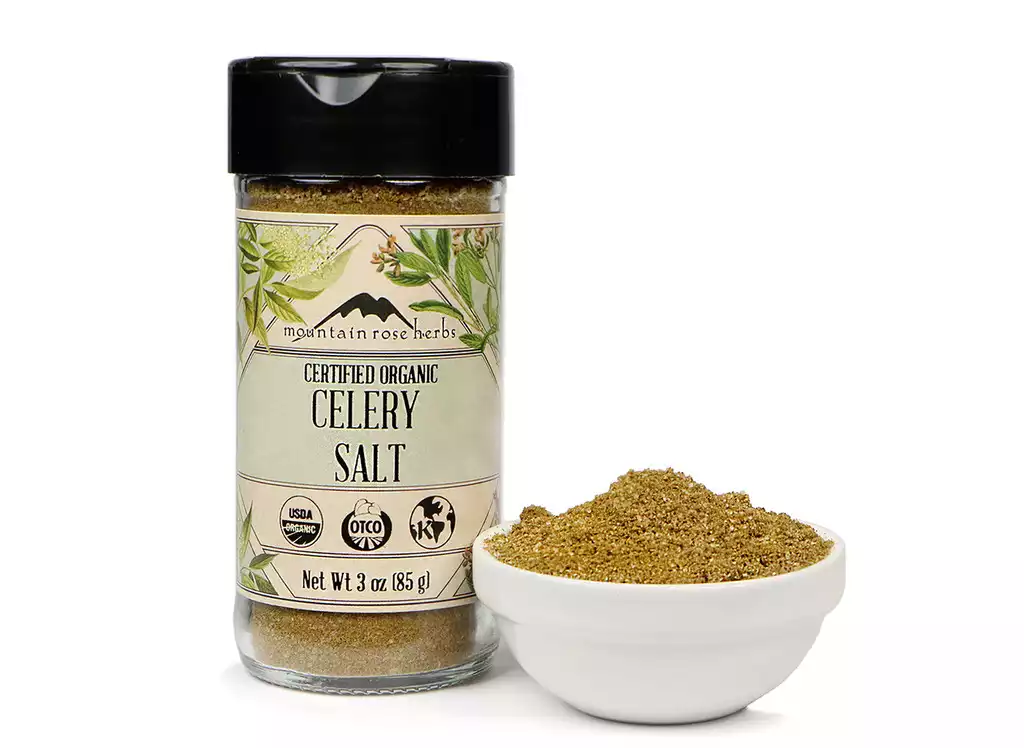
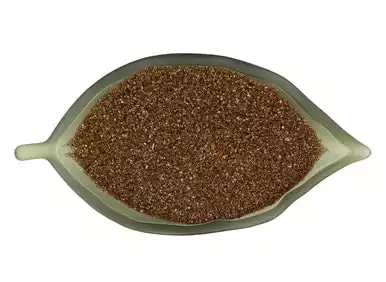
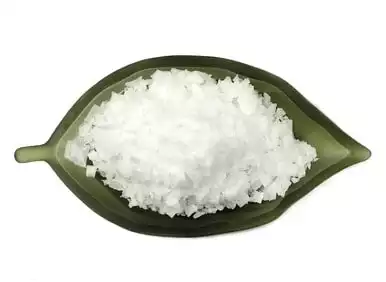
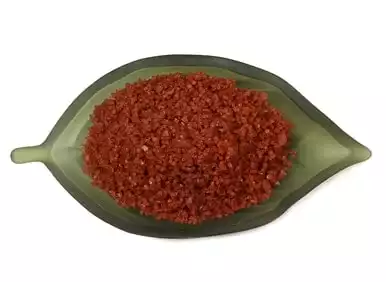
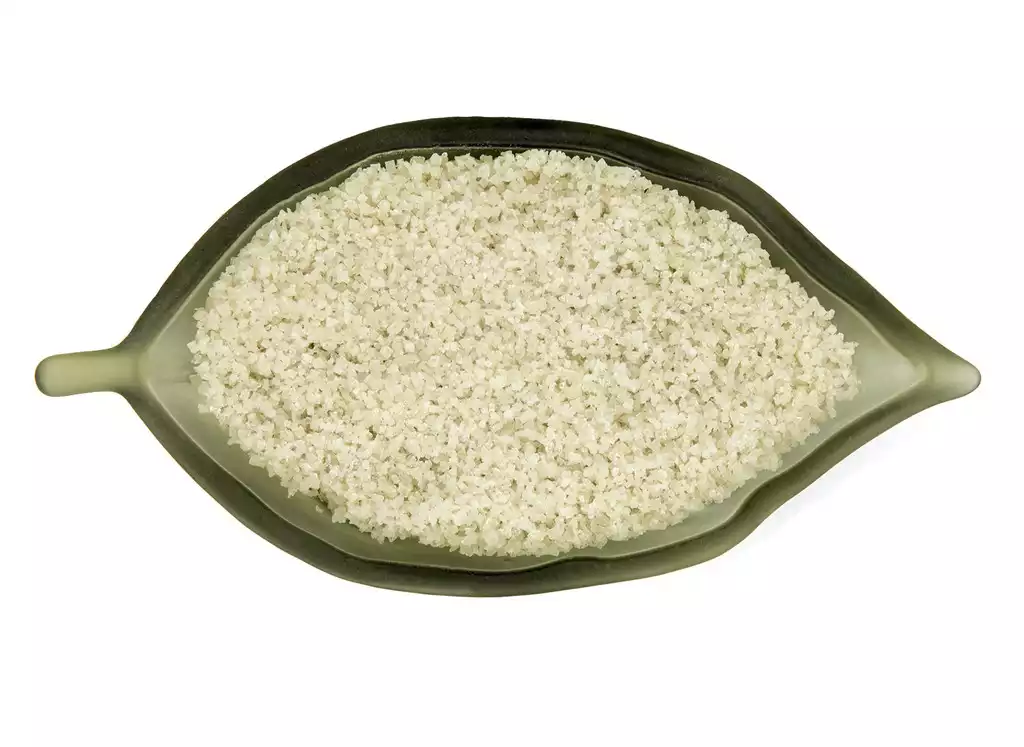
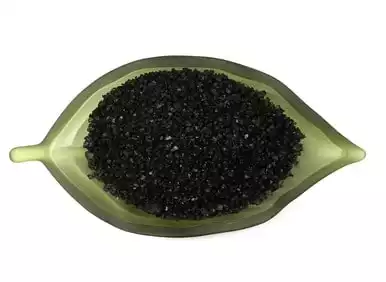
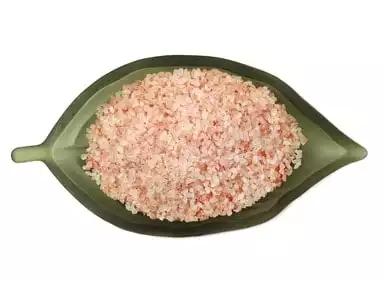

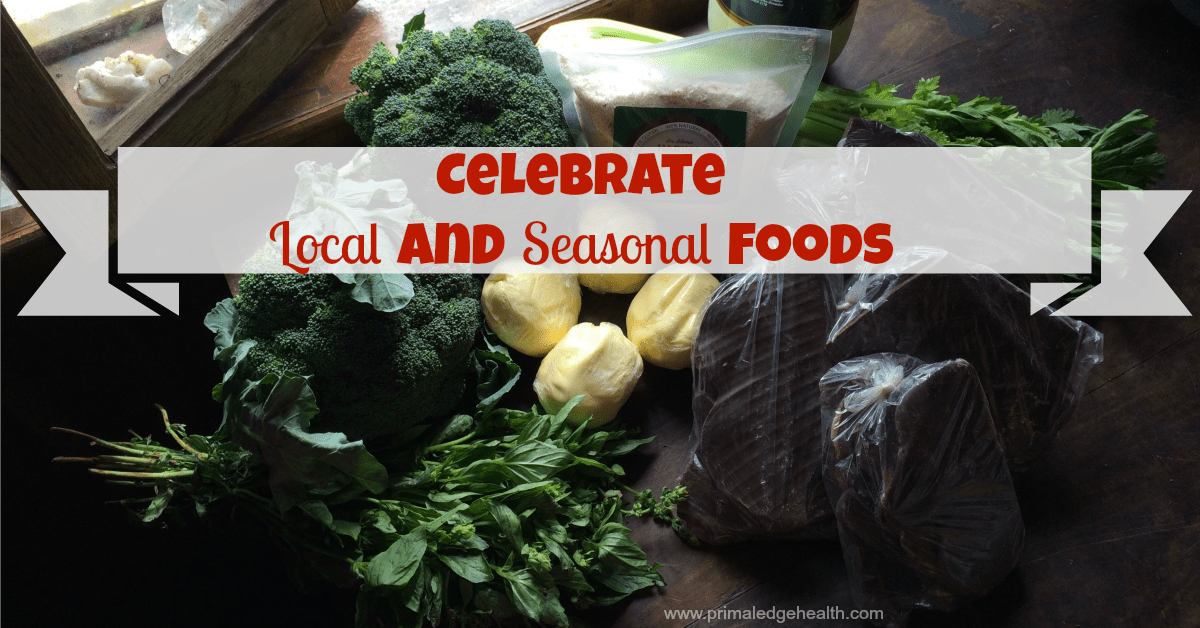
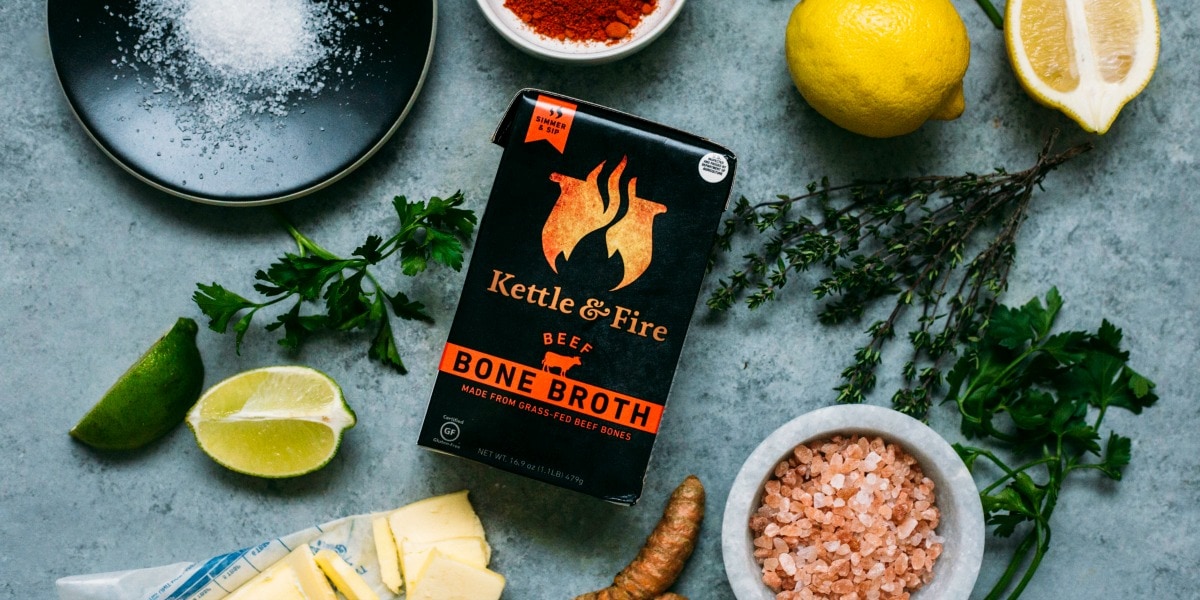
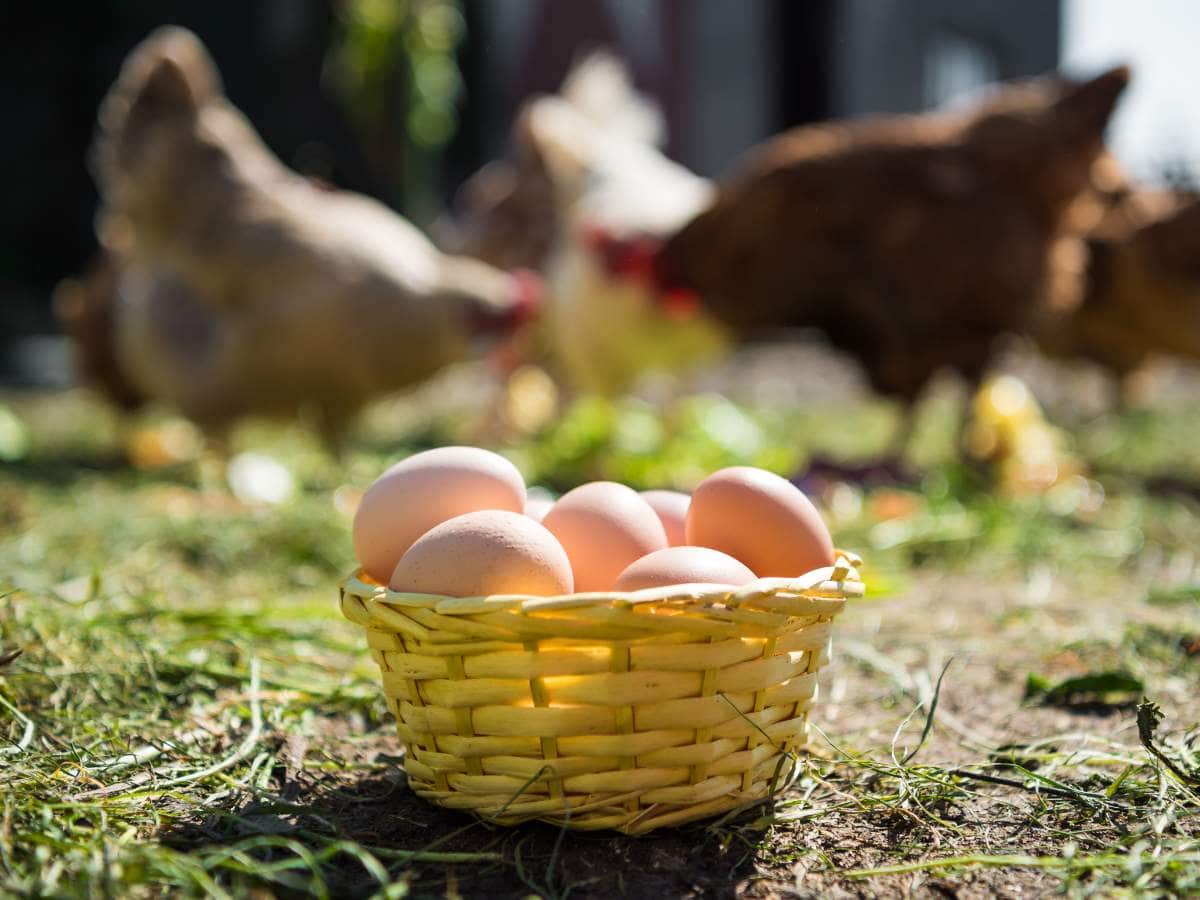
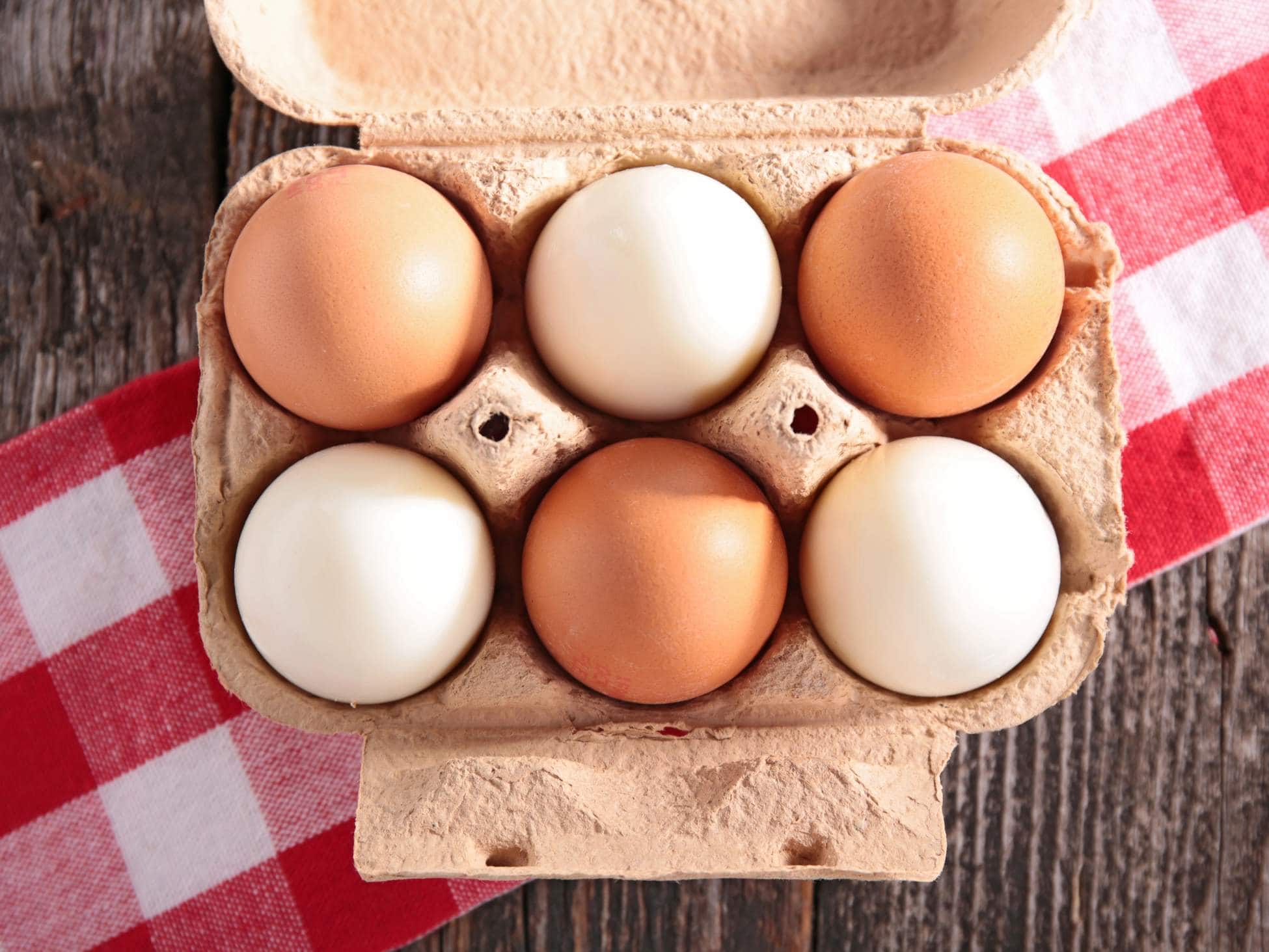
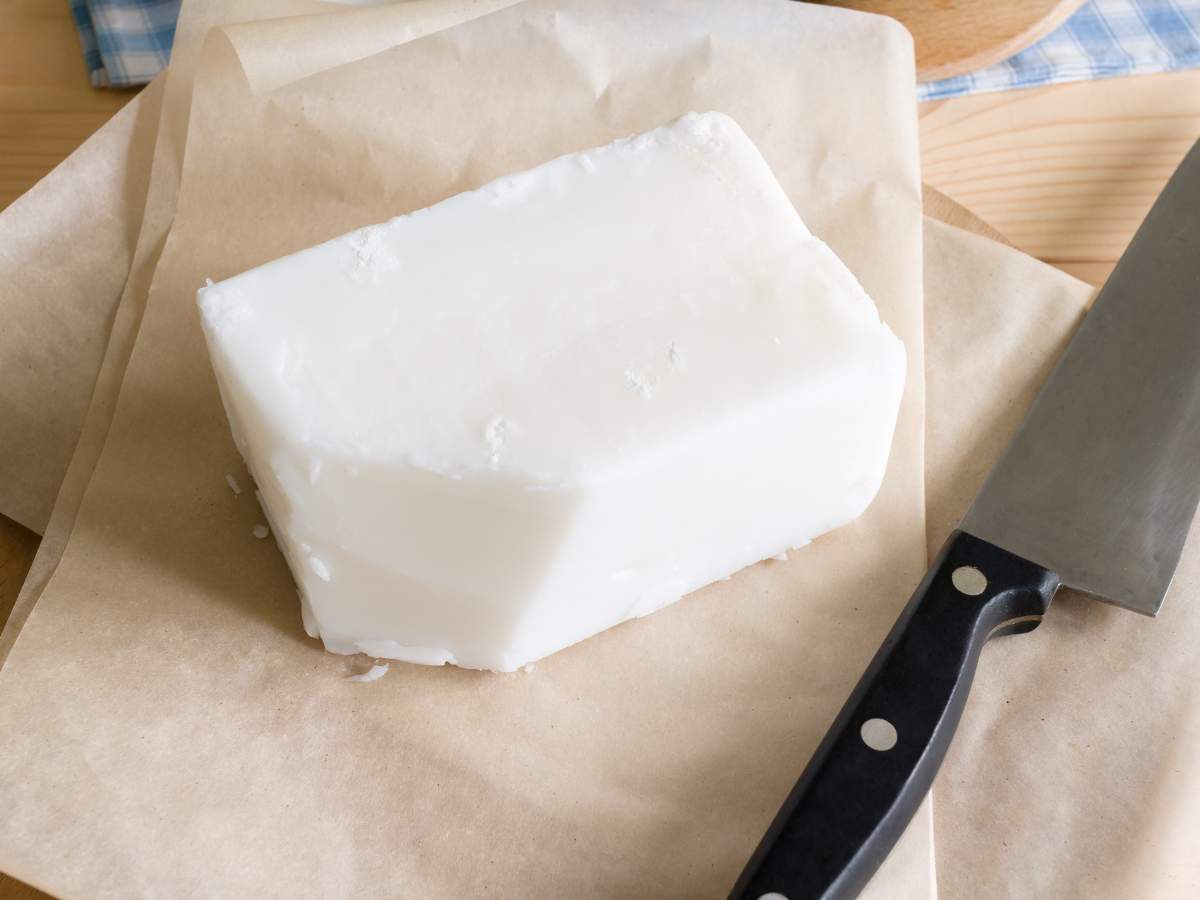
I like Himalayan pink salt. I have different spice that I’ve bought and enjoy using them. I’m trying to eat better, but it’s hard when it’s just u and ur in disability. I like to cook at home, and don’t eat out much anymore. On the recipes that say use a crock pot, can u use an instant pot instead?
Hi Sandra! The short answer is YES you can make slow cooked recipes in the instapot, the long answer is …but it takes certain adjustments. I recommend you read over this post here to learn how to adapt slow cooked recipes to the insta pot. Thanks for stopping by!
I like magnesium salt, also colima and redmond
Hello guys! This is my first time doing keto but not my first attempt. I live in South Louisiana and I’m a beekeeper. Needless to say, I sweat a lot and I’m feeling so bad on keto. I’m drinking bone (low quality) from the stores and taking K2 vitamins, D3, Magnesium with ionic trace minerals, and seasoning with pink salt and sea salt. I’ve been doing keto for about 3 weeks. Why do I have pounding headaches and extreme muscle fatigue? Why do I feel like crap all the time? I just want to feel mediocre for one day. I’m not trying to whine or quit, I doing everything I know to do but nothing seems to help. Can you help me?
Hey Joshua! We’d be happy to advise you – if you are interested in our coaching, please check out http://www.primaledgehealth.com/coaching. We begin the next session of the Keto Collective this Sunday – you’d right on time! Give us an email through the contact form on the coaching page if you want to get started. Sorry, these things aren’t always a quick fix over the internet – it’s hard to give general advice without knowing more about the specifics of your situation and lifestlye.
As always, thanks for the great tips. I don’t struggle with eating junk and quite disciplined. I was basically eating paleo for 3 months until 4 weeks ago when I became more educated about keto and went strict keto and haven’t wavered. It’s going on 5 weeks now and I have not seen or felt any change in my profile. I felt the body adjusting the first week but nothing else since. I’m ideally looking to reduce inflammation, gain mind clarity, and lose 10 lbs of fat. I’m 218 6’1″ muscular build and eating around 1,900-2,300 calorie in proportioned macros. I’m hoping that something will kick in soon as you send 6-12 weeks possibly for results. Thanks again.
Hope you see the results you’re looking for! Sometimes it can take the body a bit to adapt – keep the stress low and the environment healthy, get lots of sunshine 😉 If you want help dialing your lifestyle and diet in, we offer private and group coaching packages. Your cacao should arrive soon! It’d be great if you left a review on the product page, I’d love to hear how you like it. Happy Sunday!
All of the above as well as Vintage Merlot, a rich bold flavorful merlot colored and tasting salt. I shop at Mama Jeans in Springfield, an 80mile round trip from my home but well worth it as they have walls of bulk everything and an entire section of specialty salts at family-friendly prices.
To be honest it was not until after watching one of your videos that I indulged in the exceptional salts.
No turning back now as my tastes have changed, matured and become enlightened to a new world of seasoning possibilities and variety.
Love and health
Julie (Ma Rishu)
2018
Finding new and different tasting salts was a real eye opener for me. I can switch up the flavor of our foods with such little effort. Different salts taste good PLUS they have such an essential role in keeping out bodies healthy and working well. It’s a win-win all around. Thanks for the comment Julie, it’s a special one!
Great video, I think the hardest part of a ketogenic diet is ridding your home/pantry of all the garbage! Bonus, I have a ton more cabinet space.
I also take Epsom Salt baths to help with magnesium. My body gets sleepless and my legs super restless if I don’t have enough magnesium.
Peace,
Kimberly
Great point Kimberly – cabinet space is a nice thing to have 😉 I’m planning a “salt yourself” article with recipes for salt baths and scrubs. Stay tuned, I think you will like it!